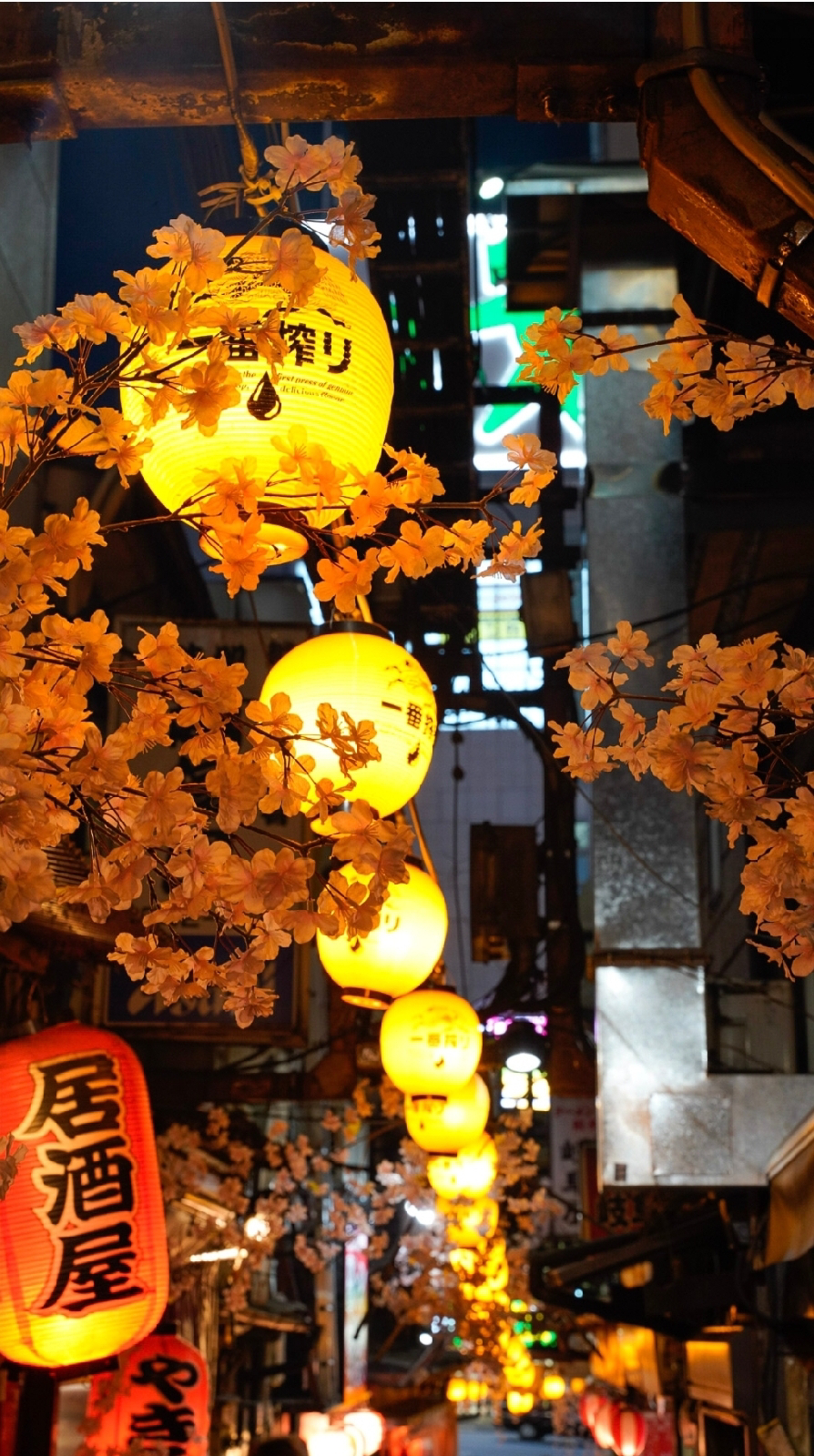作る (tsukuru) and 使う (tsukau) are both common Japanese verbs, but they have distinct meanings.
作る (tsukuru)
* Meaning: To make, to create, to produce.
* Usage: This verb is used when something new is being formed or brought into existence. It can refer to creating physical objects, ideas, or situations.
* Examples:
* ご飯を作る (Gohan o tsukuru): to cook rice
* 絵を描く (E o kaku): to draw a picture
* 新しい計画を作る (Atarashii keikaku o tsukuru): to create a new plan
使う (tsukau)
* Meaning: To use, to employ.
* Usage: This verb is used when something existing is being utilized or put into action. It can refer to using tools, materials, or services.
* Examples:
* 車を使う (Kuruma o tsukau): to use a car
* パソコンを使う (Pasokon o tsukau): to use a computer
* クレジットカードを使う (Kurejitto kādo o tsukau): to use a credit card
Key Differences
* Creation vs. Utilization: 作る focuses on the act of creation, while 使う focuses on the act of using something that already exists.
* New vs. Existing: 作る is often associated with new things, while 使う is associated with things that are already there.
In summary, while both verbs involve actions, they represent opposite ends of the creation-consumption cycle. 作る is about bringing something into existence, and 使う is about putting something to use.









